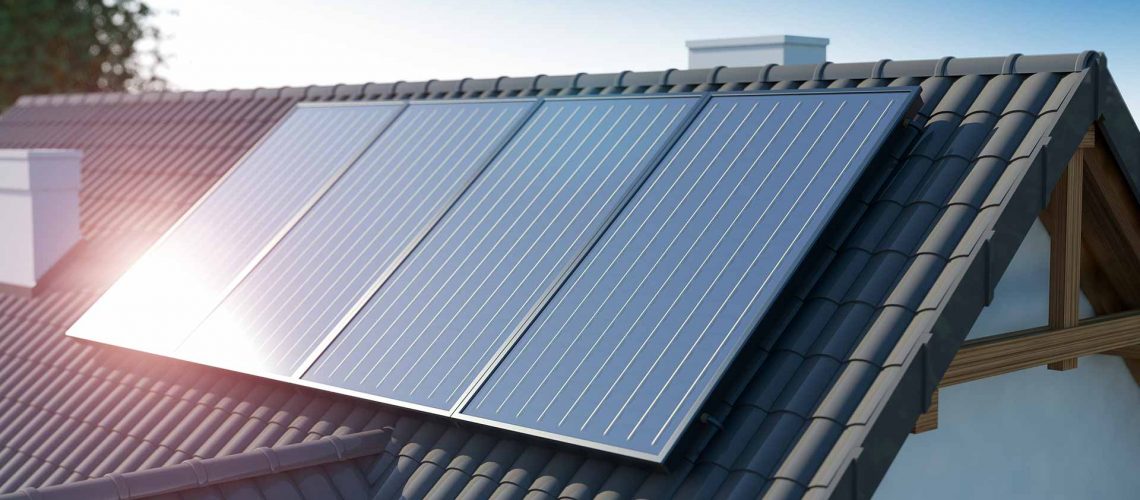Introduction
Per standard warranties, solar panels generally last for 25 years or more. Of course, it won’t cease to work on the spot but rather decrease efficiency over time. And since solar for residentials are pretty new (the first installments were in the early 2000s), very few people know through experience the potential they have to live longer than 25 years.
Factors That Decrease Lifespan
Age
However, a solar panel’s efficiency will degrade by .5% every year, with failure rates increasing as it ages, according to the US Office of Energy Efficiency and Renewable Energy.
And unfortunately, additional things will inevitably affect their quality and endurance, including factors that are outside of your control. But proper maintenance and routine inspections will keep PV systems in their prime and prevent future malfunctions, which will ultimately increase their longevity and save you money in the long run.
Weather
One thing to watch out for is bad weather. Heavy wind and snow are known to rip apart, block, and degrade the panels. Panels survive longer in mild weather and cooler climates. In these ideal environments, panels can produce more voltage, thus more electricity. Too much exposure to a certain element or extreme temperatures (hot spots, for instance, are the most common issue) will slow performance, degrade them, or render them irreparable.
Factors That Increase Lifespan
Quality of the Equipment
The “shell” of a solar cell has layers of material: the solar cell, solar cell sealant, backsheet, frame, cover, and cabling. Each layer protects and assists the solar cells underneath in converting sunlight into energy. Depending on the quality of each material, a solar panel is more likely to perform at its best in later years.
As an example, let’s say a manufacturer uses silicon rubber to seal the solar cells. This type of rubber is compatible with the construction of solar panels because it’s resistant to very high temperatures. Therefore, it makes sense that something less efficient will emanate heat and won’t help the panels cool down. If a new system owner or interested in professional installment, consider the materials used and compare them to the value and expected lifespan of others; sometimes more expensive ones are worth the investment.
Proper Installation
Professional installation is handy for roof and property evaluation, choosing a system, and determining the best angles for solar panels so that they can have full access to light.
Nonetheless, mistakes happen. Exposed wiring, microfractures, or disconnection issues from poor installment can hinder its performance going forward. Luckily, many solar panels have warranties. So if you ever receive a bad solar cell, you could get it replaced. Just be sure to check up on your panels regularly and consult the conditions of your warranty.
Length of the Warranty
Industries often have a set length for each of their products’ warranties. And usually, the length of a warranty can be determined based on what the competition is offering. This is true for the solar industry, but few recognize that there’s a percentage at which a solar panel is expected to function and that it’ll typically meet its warranty’s deadline.
According to Consumer Reports, panel warranties range from 10 to 12 years for product defects. You can take advantage of this by internalizing the warranty information. It’ll help you compare the expected percentage of power output with the actual output so you can identify weaknesses.
Maintenance Ideas
Get Routine Inspections
Though you can assess what’s happening on a superficial level, it’s not always advisable to trust your own opinion. Sometimes another opinion can give you more knowledge so that you can find the best solution.
Professional services check for defects periodically. They ensure that nothing’s amiss using special cameras that detect faulty panels. One thing that wasn’t mentioned before is the possibility of connection issues, which you shouldn’t attempt to fix yourself. If any, connection issues require knowledge about the cabling, so a specialist’s assessment is preferable.
Clear Out Foliage and Other Debris
If there are any blockages, energy won’t be able to flow through to the inverter. At which point, the system will begin to generate heat. Solar panels must be able to cool down in order to function properly. This is often due to debris and shade from trees, which can cause hot spots. Checking for dirt buildup and blockages regularly will prevent hotspots and improve the amount of sunlight received by PV cells.


